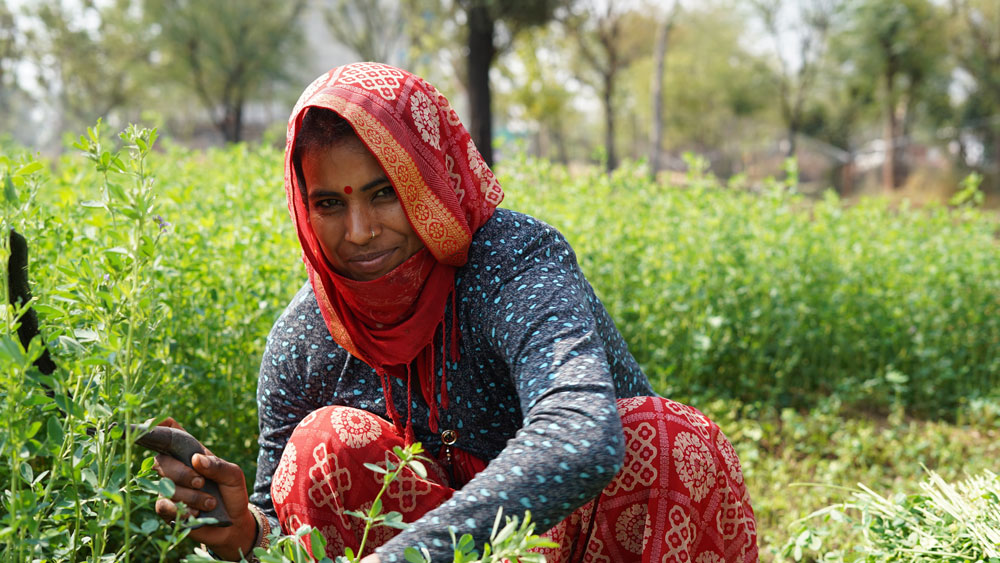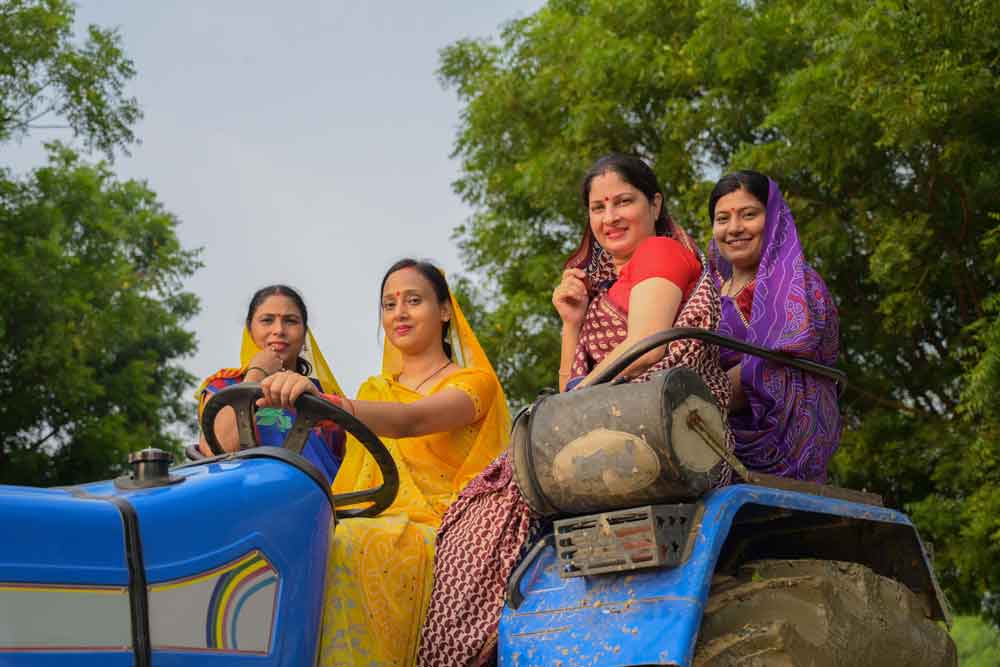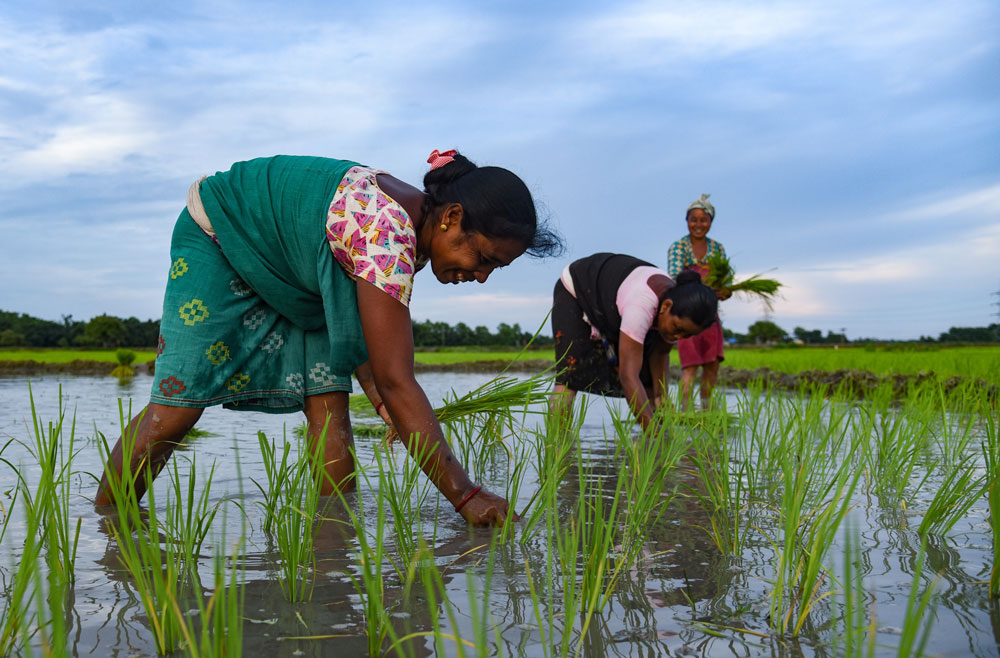Despite forming the backbone of India’s agricultural workforce, women remain significantly underrepresented in the higher echelons of the sector. According to a new report titled ’Women in Agribusiness – Opportunities and Challenges‘ by Godrej Agrovet in collaboration with IIM Ahmedabad and Godrej DEI Lab, women constitute 64.4 per cent of India’s agricultural workforce, but only 6 - 10 per cent hold positions in top agri and agri-related companies.
This gap isn’t new. For decades, women have been central to farm operations. from sowing seeds and tending to livestock to post-harvest processing. Yet, they are often unpaid, unrecognised and excluded from leadership roles.

Why Is This Happening?
Experts point to a mix of social norms, lack of access to resources, and workplace exclusion. Women often don't have land titles in their names, limiting their ability to access formal credit or government schemes. Even those who pursue agricultural education rarely make it into formal agri-sector jobs.
Despite constitutional and legal backing, as of recent surveys, only about 12 per cent of India’s women own land, and even fewer exercise decision-making power over it. Without land titles, they are often invisible to the financial system and excluded from welfare schemes like PM-KISAN.
A 2011 report by the Food and Agriculture Organization (FAO) revealed that if women had the same access to productive resources as men, their farm yields could increase by 20–30 per cent, potentially reducing hunger for an estimated 100–150 million people globally. In India, this potential remains largely untapped.

The Godrej-IIMA report doesn’t just state the problem — it lays out a roadmap for change. It calls for:
• Equitable access to land, credit and technology
• Gender-responsive training that factors in women’s time constraints and literacy levels
• Inclusive workplace policies like safe spaces, flexible hours, and childcare support
• Leadership development and mentorship to bridge the education-to-employment transition
In addition to these, experts have long advocated for recognising women as ‘farmers’ in government documentation and surveys. This seemingly simple step would give them visibility in data, schemes, and policy dialogues.

The Rural Reality
In rural India, women often bear a triple burden - farm work, household chores, and caregiving responsibilities. According to the National Sample Survey Office (NSSO), women spend about 9 hours a day on unpaid care work, leaving them with little time or flexibility to engage in formal employment or training.
Moreover, many women engage in subsistence agriculture or allied sectors like poultry and dairy, but these are often considered ’non-serious‘ economic activities, leading to further under-recognition of their economic contribution.
For true change, the sector needs to go beyond celebrating women on Women’s Day or at summits. It needs to embed equity into its very DNA - from textbooks and training modules to company boardrooms and policymaking circles.
Because without women, India’s agriculture wouldn't just be less inclusive. It would be less productive, less innovative, and far less sustainable.